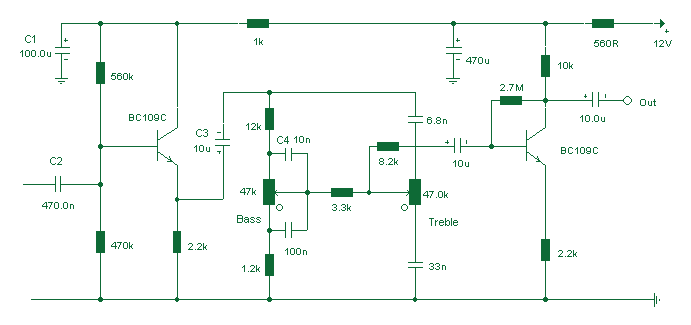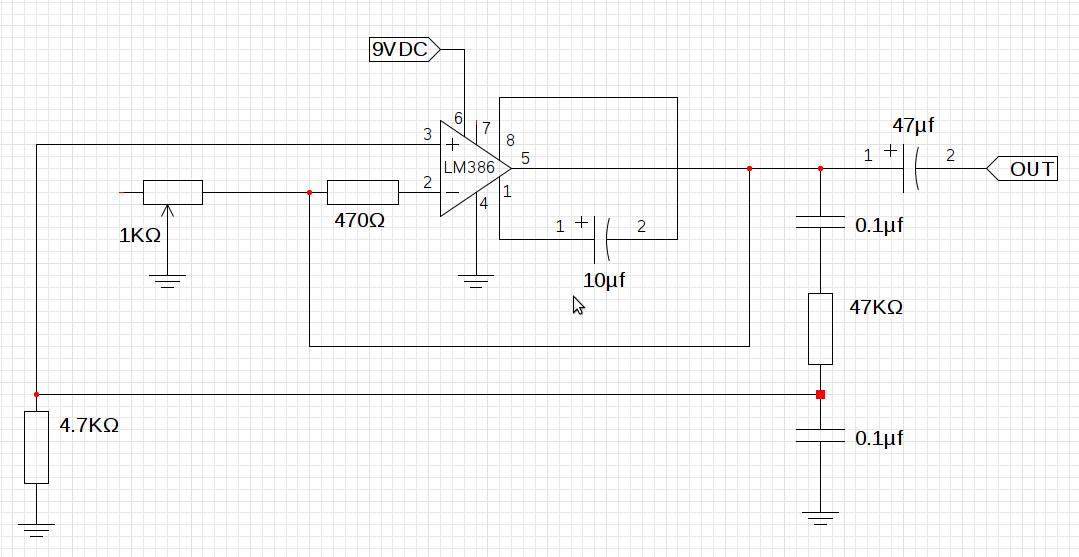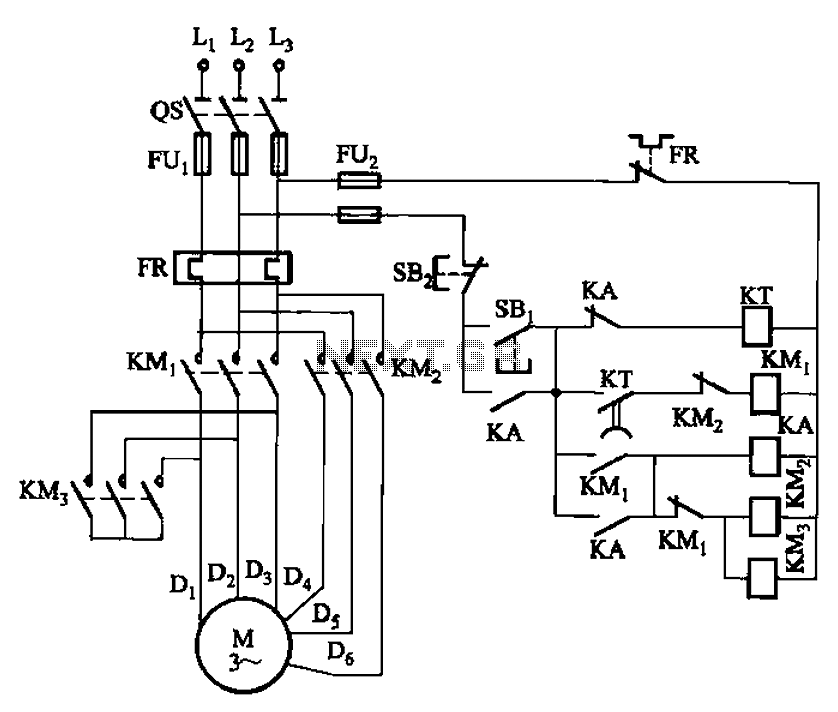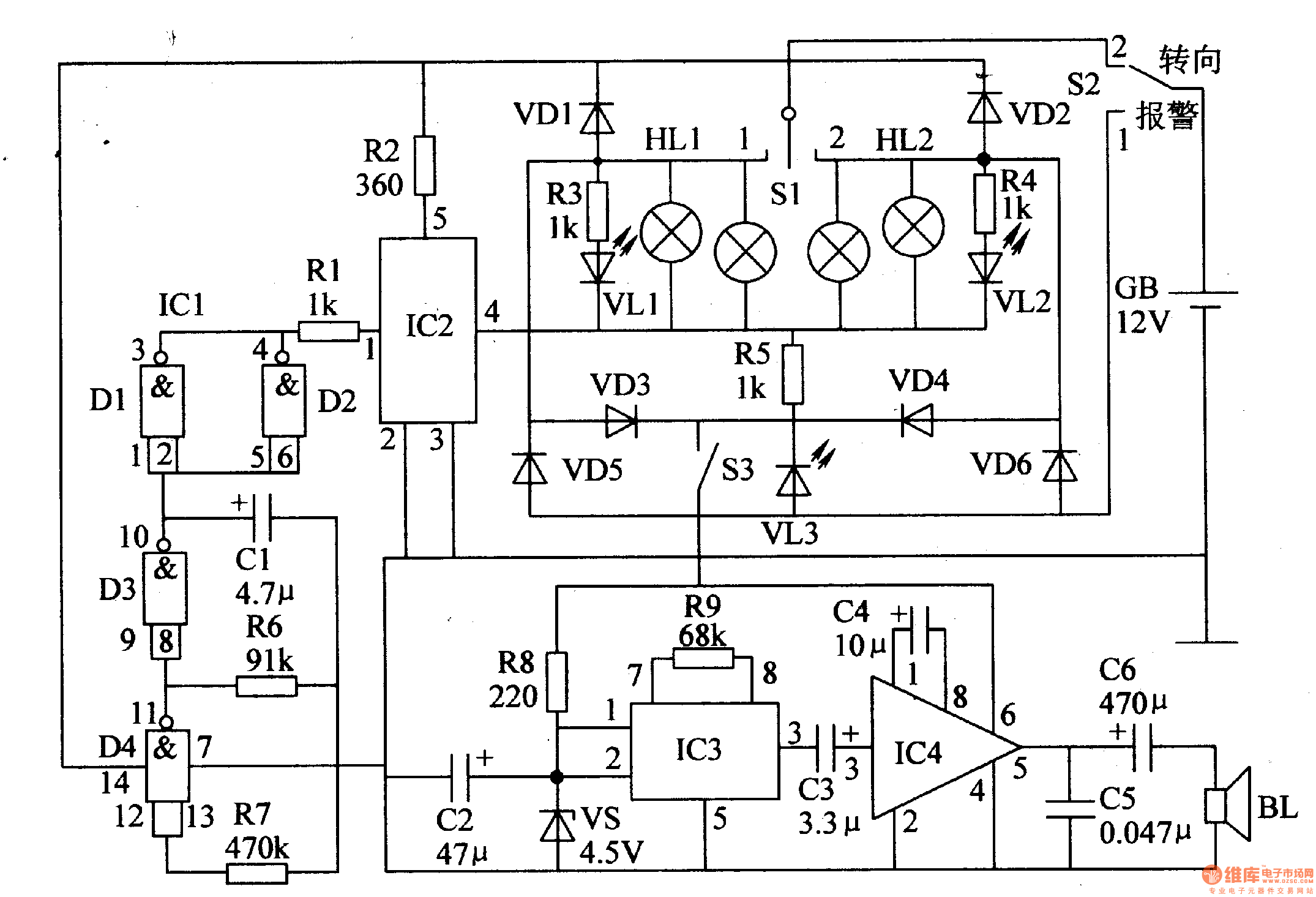
Control Voltage Distributor
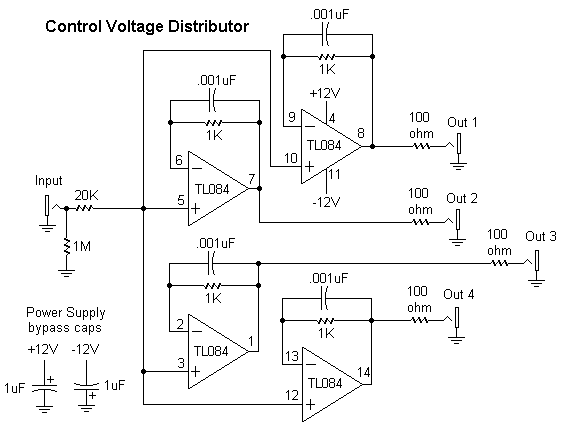
This project represents an older design that has likely been replaced by a newer version. Nevertheless, it remains a functional design and can be beneficial for homebrew synthesizer enthusiasts. It should be noted that the majority of these designs lack circuit descriptions, parts lists, or printed circuit board (PCB) layouts, emphasizing the DIY nature of the project. The designs are intended for individual and educational use only, and no permission is granted for large-scale production or sale. This project is classified as intermediate to advanced, and it is not recommended as a first project for individuals who are new to synthesizers or electronics. Only the circuit and some explanations are provided. A considerable amount of project building, troubleshooting, and electronics experience is assumed. Additionally, ownership of electronic equipment such as oscilloscopes and multimeters is expected. Interested builders are advised to read the entire page before ordering PC boards to ensure that the information provided is adequate for successful project completion.
This project involves the construction of a synthesizer circuit that leverages analog components to generate and manipulate audio signals. The design typically includes oscillators, filters, and envelope generators, which can be interconnected to create a wide range of sounds. The absence of detailed circuit descriptions and parts lists suggests that builders must possess a solid understanding of electronics, including familiarity with components such as capacitors, resistors, transistors, and integrated circuits.
The project may utilize standard synthesizer architectures, such as subtractive synthesis, where sound is generated by oscillators and then shaped by filters and modulation sources. Builders are expected to have knowledge of signal flow and the ability to troubleshoot common issues, such as unwanted noise or signal distortion. The lack of PCB layouts indicates that builders may need to create their own custom boards, requiring skills in PCB design and fabrication.
For successful implementation, it is crucial to have access to essential tools and equipment. An oscilloscope will aid in visualizing waveforms and debugging the circuit, while multimeters are necessary for measuring voltage, current, and resistance. Additionally, soldering tools and prototyping boards may be required for assembling the circuit components.
Given the complexity of the project, it is advisable for builders to engage in thorough research and possibly seek out supplementary resources, such as online forums or instructional videos, to enhance their understanding of synthesizer design and construction. Overall, this project offers a valuable opportunity for experienced electronics enthusiasts to explore the intricacies of synthesizer technology while contributing to the DIY community.This project is an older design and has most likely been superceded by a newer one. However, it is still a viable design and useful for your home-brew synth. Sorry but most of these do not have circuit descriptions, parts lists or PC board layouts (They really put the `Y` in DIY). The designs are here for individual and educational use only and no permission is given for large scale production for sale. This is an intermediate to advanced project and I do not recommend it as a first project if you are just getting started in synths or electronics. Only the circuit and some explanation are shown here. A lot of project building, troubleshooting and electronics experience is assumed. Additionally, electronic equipment ownership (scope, meters, etc. ) is taken for granted. If you are interested in building this project please read the entire page before ordering PC boards to ensure that the information provided is thorough enough for you to complete the project successfully.
🔗 External reference
This project involves the construction of a synthesizer circuit that leverages analog components to generate and manipulate audio signals. The design typically includes oscillators, filters, and envelope generators, which can be interconnected to create a wide range of sounds. The absence of detailed circuit descriptions and parts lists suggests that builders must possess a solid understanding of electronics, including familiarity with components such as capacitors, resistors, transistors, and integrated circuits.
The project may utilize standard synthesizer architectures, such as subtractive synthesis, where sound is generated by oscillators and then shaped by filters and modulation sources. Builders are expected to have knowledge of signal flow and the ability to troubleshoot common issues, such as unwanted noise or signal distortion. The lack of PCB layouts indicates that builders may need to create their own custom boards, requiring skills in PCB design and fabrication.
For successful implementation, it is crucial to have access to essential tools and equipment. An oscilloscope will aid in visualizing waveforms and debugging the circuit, while multimeters are necessary for measuring voltage, current, and resistance. Additionally, soldering tools and prototyping boards may be required for assembling the circuit components.
Given the complexity of the project, it is advisable for builders to engage in thorough research and possibly seek out supplementary resources, such as online forums or instructional videos, to enhance their understanding of synthesizer design and construction. Overall, this project offers a valuable opportunity for experienced electronics enthusiasts to explore the intricacies of synthesizer technology while contributing to the DIY community.This project is an older design and has most likely been superceded by a newer one. However, it is still a viable design and useful for your home-brew synth. Sorry but most of these do not have circuit descriptions, parts lists or PC board layouts (They really put the `Y` in DIY). The designs are here for individual and educational use only and no permission is given for large scale production for sale. This is an intermediate to advanced project and I do not recommend it as a first project if you are just getting started in synths or electronics. Only the circuit and some explanation are shown here. A lot of project building, troubleshooting and electronics experience is assumed. Additionally, electronic equipment ownership (scope, meters, etc. ) is taken for granted. If you are interested in building this project please read the entire page before ordering PC boards to ensure that the information provided is thorough enough for you to complete the project successfully.
🔗 External reference
